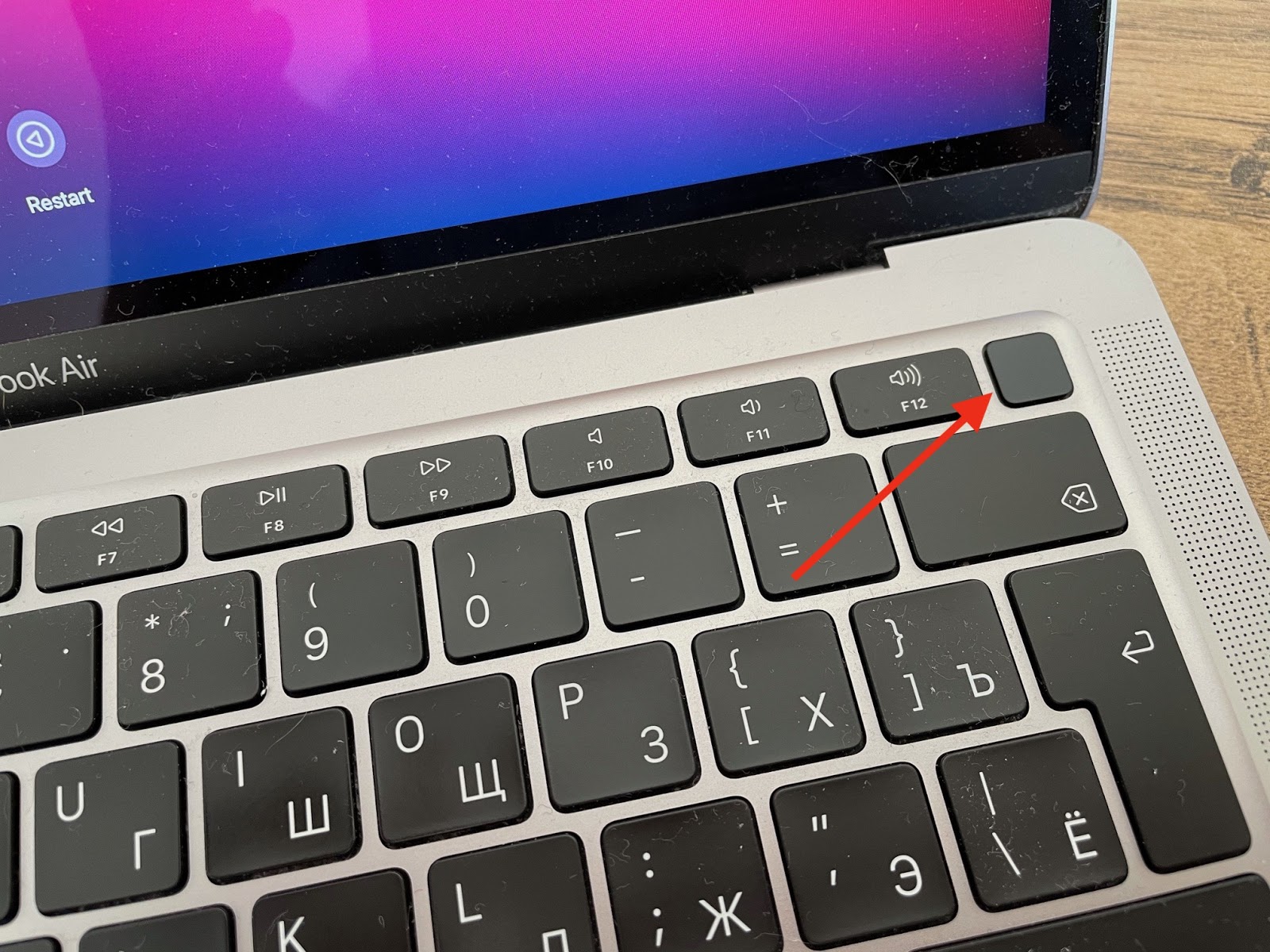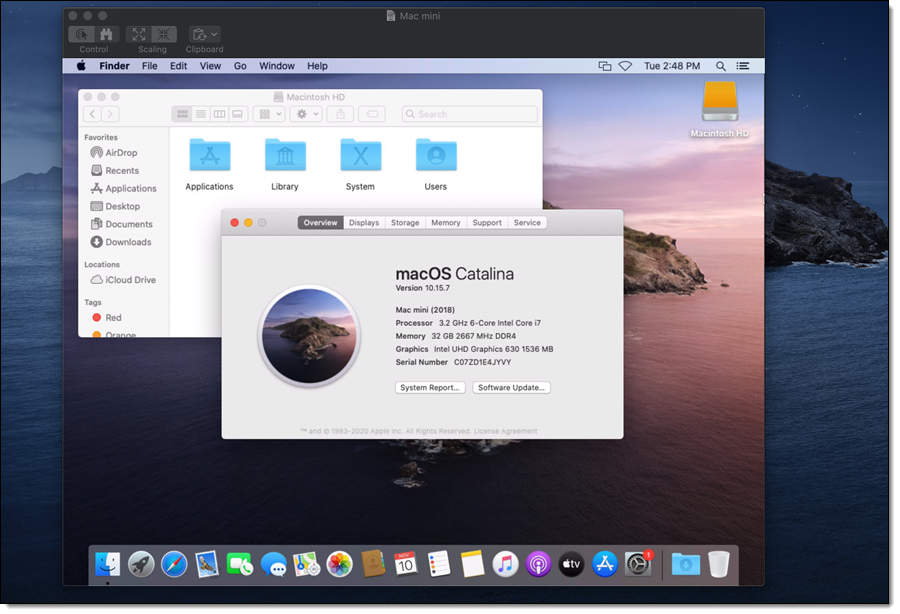

In most cases, systems have enough memory to do these types of processing, but if there isn't enough available memory, or if more than 80% of RAM is utilized, the Data Engine shifts to spooling by temporarily writing to disk. A working set memory is allocated to store an intermediate data structure during query processing. The Data Engine will try to run this in-memory first. Memory usage of the Data Engine depends on the amount of data required to answer the query. This was also true for the Tableau Server versions earlier than version 10.5įor more information on Tableau Server Resource Manager, see General Performance Guidelines.

In this case, the Tableau Server resource Manager will stop long running queries based on the timeout settings. Adding more CPU in this case should help to improve performance. If this happens often, it is an indication that more hardware is required to serve the clients. This can happen if a server is under stress due to overload of multiple client requests and the queries are queuing up. If however, you see high CPU usage (ex: 95%) for extended periods of time (an hour or more), this can mean a couple of things: Since the Data Engine is designed to utilize the available CPU, it is normal to see spikes in CPU usage at times.

Tableau Server Resource Manager monitors the resource consumption and notifies Data Engine to reduce the usage when it exceeds the predefined limit. In addition, to manage overall resource consumption and to prevent overloading and completely starving other processes running on the machine, the Data Engine monitors itself to stay within the limits set in the Tableau Server Resource Manager (SRM). Modern operating systems such as Microsoft Windows, Apple macOS, and Linux have mechanisms to make sure that even if a CPU is fully used, incoming and other active processes can run simultaneously. Adding more CPU is expected to result in performance improvement. This means that you can expect to see the CPU being fully used during query processing. Hyper technology is designed to scale to many cores efficiently, and also to maximize the use of each single core as much as possible. Hyper technology leverages the new instruction sets in CPU and is capable of parallelizing and scaling to all the available cores.

The Data Engine is designed to leverage all available CPU and memory on the machine to provide the fastest response times. For more information, see Tableau Server Logs and Log File Locations Logs generated by the Data Engine process are located in C:\ProgramData\Tableau\Tableau Server\data\tabsvc\logs\hyper. For more information, see View Server Process Status Status of the Data Engine process is visible on the Status Page. It is also used for cross-database joins to support federated data sources with multiple connections. The Data Engine is used when creating, refreshing or querying extracts. Starting in Tableau 10.5 release, Hyper powers the Data Engine in Tableau Server, Tableau Desktop, Tableau Online, and Tableau Public. Hyper is Tableau's in-memory Data Engine technology optimized for fast data ingests and analytical query processing on large or complex data sets.


 0 kommentar(er)
0 kommentar(er)
